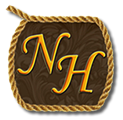Work On Horse Basics When It Is Too Cold To Ride
Winter weather is like a bad cold. Once you get it, it seems like you just can’t get rid of it. My area had a tatse of spring this week, sunny, 80 degrees, light wind and then WWHHAAAMAMM . . . winter was right back. Cloudy 20 degree weather with wind chills in the single digits. BBBrrrrrr!!!!
I have never really let cold weather stop me from riding. What stops me from riding is the cut to the bone wind chill. I could probably ride a short while before my face freezes off, but is it worth it? If the frigid wind sucks the breath right out of your lungs, isn’t it doing the same to your horse? I’m not at a facility that has a heated enclosed arena. So on those extremely cold late winter days, I find other ways to keep me and my horse tuned up.
How? By doing some ground work. You don’t need much space and it doesn’t take a lot time to show some results. If there is a nice open space, the south side of the barn provides a nice wind break. You can teach your horse to give his head, move laterally or do a light longe workout. You could start teaching him to spin on his forehand or on his haunches.
Taking time to refresh the basics is always a good investment of your time with your horse.

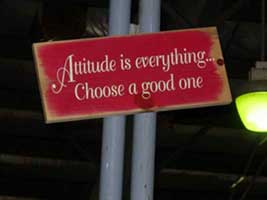
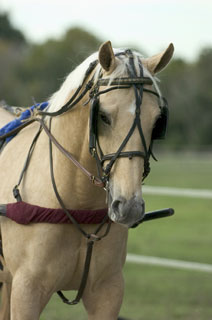 The Palomino Youth World Show is now in full swing. If you live in the Tulsa Oklahoma area, THIS IS A MUST SEE!!!! No where else can you see so many beautiful golden horses in one place. No where else can you see so many different variations of the golden horse. Whether you like trail, English, Western or Halter, there is a class that will catch your attention. Come out to the Tulsa fairgrounds and see the kids guide these horses around the arena and put them through their paces. Go to
The Palomino Youth World Show is now in full swing. If you live in the Tulsa Oklahoma area, THIS IS A MUST SEE!!!! No where else can you see so many beautiful golden horses in one place. No where else can you see so many different variations of the golden horse. Whether you like trail, English, Western or Halter, there is a class that will catch your attention. Come out to the Tulsa fairgrounds and see the kids guide these horses around the arena and put them through their paces. Go to 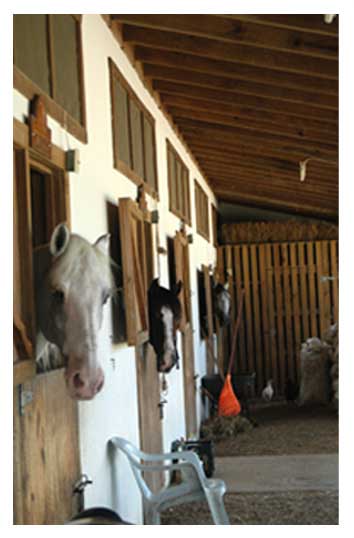
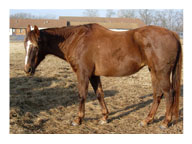
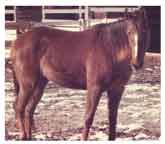
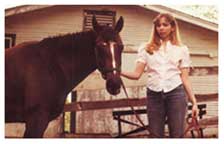 This is where I come in. I had never owned a horse, I had never taken care of a horse and I had only ridden a few backyard pets that my friends had. I was a stupid 20 something and was just as horse crazy then as when I was at 4. Oh yeah, I was also recuperating from a very bad fall off a lesson horse trying to learn how to jump fences. I was told Iggette was going to the sale barn and I just couldn’t let that happen. I talked my husband into buying her. I wasn’t sure what I was going to do with her, but I knew I couldn’t let her go to the sale where she might end up in the hands of the killers. I bought her without even going to look at her first. This is how I became a novice owner.
This is where I come in. I had never owned a horse, I had never taken care of a horse and I had only ridden a few backyard pets that my friends had. I was a stupid 20 something and was just as horse crazy then as when I was at 4. Oh yeah, I was also recuperating from a very bad fall off a lesson horse trying to learn how to jump fences. I was told Iggette was going to the sale barn and I just couldn’t let that happen. I talked my husband into buying her. I wasn’t sure what I was going to do with her, but I knew I couldn’t let her go to the sale where she might end up in the hands of the killers. I bought her without even going to look at her first. This is how I became a novice owner.